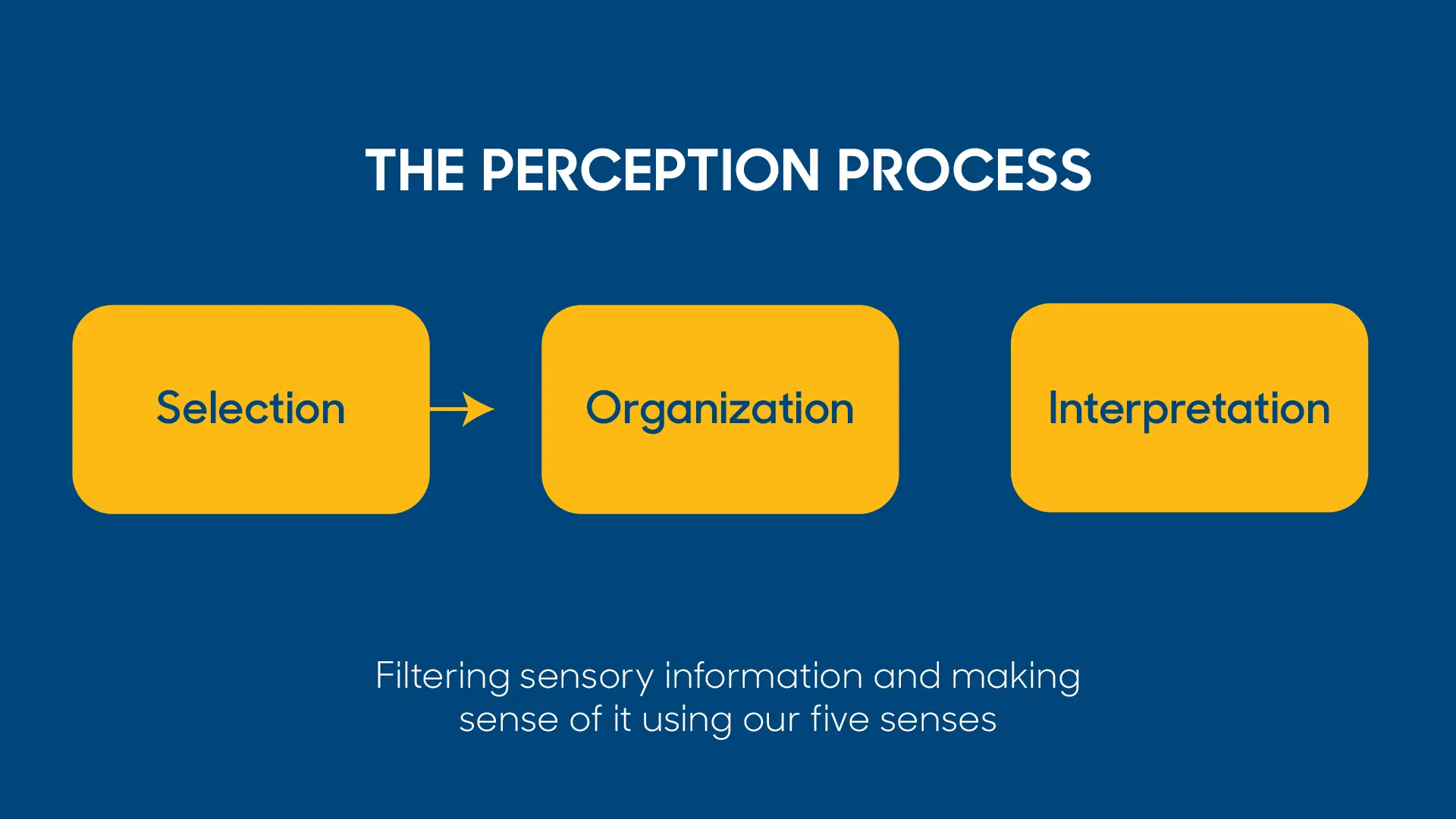
From Global to Regional: How De-Globalization is Reshaping Software Development
Written by Luis Aburto-

For decades, global software development followed a simple logic: find the best talent at the lowest cost, no matter where in the world it lives. Time zones were managed, cultural gaps were bridged, and the software kept shipping. But as the global order shifts, that formula is being challenged, and so is the assumption that software delivery is immune to geopolitics.
In 2022, many companies with teams in Ukraine saw their operations halted overnight. U.S. export controls are increasingly restricting access to critical cloud and AI infrastructure in China. Attacks on undersea cables have exposed vulnerabilities in global internet connectivity. And more countries are tightening control over data, digital talent, and software supply chains.
In 2025, the conversation around globalization has intensified. Recent point to a growing consensus among economists and business leaders: the era of hyper-globalized trade and supply chains is being restructured. Rising tariffs, geopolitical realignment, and regional trade blocs are accelerating a shift toward localization and strategic decoupling.
What do these events have in common? They signal the arrival of a new era, one where global integration is no longer a given, and where resilience in software development must be earned, not assumed.
The Shift: From Globalization to Fragmentation
We are not witnessing the end of globalization, but rather its transformation. The model of deep, frictionless global integration that defined much of the past three decades is giving way to a more fragmented, controlled, and regional system. Instead of chasing the lowest cost globally, many companies are prioritizing stability, alignment, and resilience within trusted regions.
This shift is reflected in the rhetoric and actions of governments and business leaders alike. As international institutions weaken and trade tensions rise, companies are being pushed to reevaluate the vulnerabilities built into their global operations. Strategic decoupling, whether intentional or reactive, is now part of mainstream decision-making for many organizations.
Key drivers of this shift include:
- Geopolitical tensions and the formation of new regional blocs, as countries seek to reduce dependence on politically unstable or adversarial trading partners
Economic nationalism and policies favoring domestic or allied suppliers, including tariffs, reshoring incentives, and export restrictions. - Cybersecurity risks heightened by nation-state actors, infrastructure sabotage, and the weaponization of digital supply chains
Regulatory pressure around data localization, intellectual property protections, and labor compliance, which can vary widely across jurisdictions
In this environment, global operations are being restructured not simply for efficiency or cost savings, but for strategic resilience, a foundational requirement for long-term continuity and competitiveness.

Why Software Development Is Affected
While physical supply chains have received much of the attention in discussions about de-globalization, distributed software development is also highly susceptible to geopolitical disruptions, often in ways that are less visible but equally consequential.
- A conflict, regulatory crackdown, or even targeted sabotage, such as damage to undersea fiber optic cables or critical digital infrastructure, can cut off access to talent or tooling, particularly if a development hub becomes inaccessible or politically unstable overnight. These infrastructure vulnerabilities add an additional layer of risk, as companies often depend on a handful of chokepoints for their global communications and cloud-based tools.
- Sanctions can interrupt payment channels or cloud service agreements, stranding teams mid-project or forcing abrupt transitions to alternative infrastructure.
- Engineering teams working across conflicting legal frameworks may face compliance or IP protection risks, as differing data residency laws or intellectual property rights create exposure.
- Developers may lose access to global platforms like GitHub, Docker Hub, or AWS services, or be forced to rely on unstable VPNs or workarounds that slow productivity and introduce security risks.
- Political unrest or changes in labor law may create sudden hiring or retention challenges, undermining team continuity and morale.
Increased scrutiny from investors and enterprise clients means companies must now prove the operational resilience of their distributed teams as part of vendor risk evaluations.
These risks may not be visible on a Jira board or in a sprint retrospective, but they are real, and they can derail product timelines, introduce hidden costs, compromise data integrity, or weaken overall software quality if not proactively identified and managed.
Rethinking Sourcing Strategy: Risk-Aware Engineering
To adapt, technology leaders are shifting their sourcing mindset from cost-driven to risk-aware. That doesn’t mean abandoning global talent, but it does mean being far more intentional about where, how, and with whom your engineering work is delivered.
This shift involves a more holistic view of software talent sourcing, one that accounts for not just operational capabilities, but geopolitical alignment, digital infrastructure stability, and long-term viability. It also recognizes that sourcing strategies are no longer static. In a volatile world, resilience demands agility and the ability to reconfigure delivery models when needed.
Here’s what that shift looks like:
- Evaluating not just the capabilities of a vendor and their people, but their geographic and geopolitical profile, including political stability, trade relations, and cybersecurity maturity.
Avoiding overconcentration of critical functions in one region or firm by building geographic diversity into your engineering footprint. - Prioritizing alignment with stable, accessible, and politically compatible locations that reduce legal, regulatory, and operational friction.
- Building optionality into team structures, with flexible paths to rebalance, scale, or transition work depending on emerging risks or strategic shifts.
- Partnering with vendors that demonstrate transparency, robust identity verification practices, and ethical hiring standards to avoid risks such as misrepresentation or fraud.
- Incorporating resilience metrics into vendor evaluations, ensuring your outsourcing partners have contingency plans and recovery protocols in place.
The goal is not to eliminate risk altogether, an impossible task, but to anticipate, distribute, and manage risk in a way that protects both continuity and innovation.

Nearshoring: A Strategic Middle Path
In this context of economic and geopolitical uncertainty, nearshore outsourcing becomes even more strategic. Nearshoring offers a hedge against geopolitical disruption by keeping operations closer to home and within more stable economic zones. At the same time, it enables companies to achieve cost efficiencies and tap into scalable talent pools, without incurring the long-term liabilities and rigidity of direct, in-house hiring. This combination is particularly valuable in uncertain times, offering companies the ability to stay agile, control labor costs, and accelerate execution while minimizing exposure.
For U.S.-based companies, nearshoring, particularly to Mexico and Latin America, is a compelling alternative. In addition to cost and productivity efficiencies, it offers a blend of:
- Political Stability and Predictability: Mexico and key Latin American countries offer relatively stable political environments, reducing the risk of disruptive events compared to more volatile outsourcing regions.
Robust Regulatory and Legal - Frameworks: The USMCA agreement ensures clear and consistent regulatory frameworks between the US and Mexico, offering predictable rules for data protection, intellectual property rights, labor laws, and cross-border commerce.
- Aligned Economic Interests and Strong Diplomatic Relations: Mexico and the United States share tightly integrated economies. These economic ties minimize the risks of disruptive trade sanctions, tariffs, or restrictive economic policies that have impacted other regions.
- Robust Bilateral Security Cooperation: Mexico coordinates closely with the U.S. on security, intelligence, and regional stability, helping reduce geopolitical risks in the region.
- Reduced Infrastructure Vulnerabilities: Proximity reduces reliance on vulnerable undersea cables. Mexico has robust, direct connections to U.S. networks, lowering the risk of major connectivity disruptions.
- Lower Cybersecurity Threat Exposure: Politically aligned countries tend to pose fewer cybersecurity risks. Nearshoring within North America under USMCA offers greater transparency and lowers the chance of state-backed cyber threats.
- Talent Integrity and Verification: Mexico and most major countries in Latin America have mature educational systems, established professional standards, and extensive verification infrastructures. This helps minimize risks related to talent fraud, misrepresentation, and credential falsification common in less regulated outsourcing markets.
- Ease of Geographical Diversification and Redundancy: Many nearshore vendors maintain multiple operational centers across Mexico and other countries in Latin America. This geographical diversity enables seamless continuity and rapid failover in case of localized disruptions, further enhancing resilience.
- Ease of travel and face-to-face collaboration, enabling in-person visits with minimal logistical risk compared to long-haul or politically sensitive destinations, especially valuable for relationship building, onboarding, and team alignment.
- Closer proximity to key stakeholders and decision-makers, which enables more responsive collaboration and deeper alignment between technical execution and business priorities.
This model doesn’t just mitigate risk, it often accelerates productivity and integration, thanks to smoother communication, greater cultural fit, improved responsiveness, and a more resilient and adaptable operational setup.

The Bottom Line: Global Isn’t Dead, It’s Evolving
Global software development isn’t going away, but the rules are changing. The companies that thrive in this new era will be those that treat resilience as a priority, not an afterthought. In this environment, companies must evolve from reactive adaptation to proactive strategy, embedding resilience into their sourcing, operations, and partnerships.
That means regularly auditing your current engineering footprint not just for efficiency, but for exposure and fragility. It means rethinking where your teams are located, how easily they can collaborate, and what contingencies exist for business continuity if disruption occurs.
And perhaps most importantly, it means partnering with organizations that understand how to build reliable, distributed capabilities in an increasingly unpredictable world, partners who offer not only talent, but infrastructure, cultural alignment, transparency, and adaptability.
In this next chapter of global software development, success will go to those who treat resilience as a strategic asset, not an operational afterthought.

























